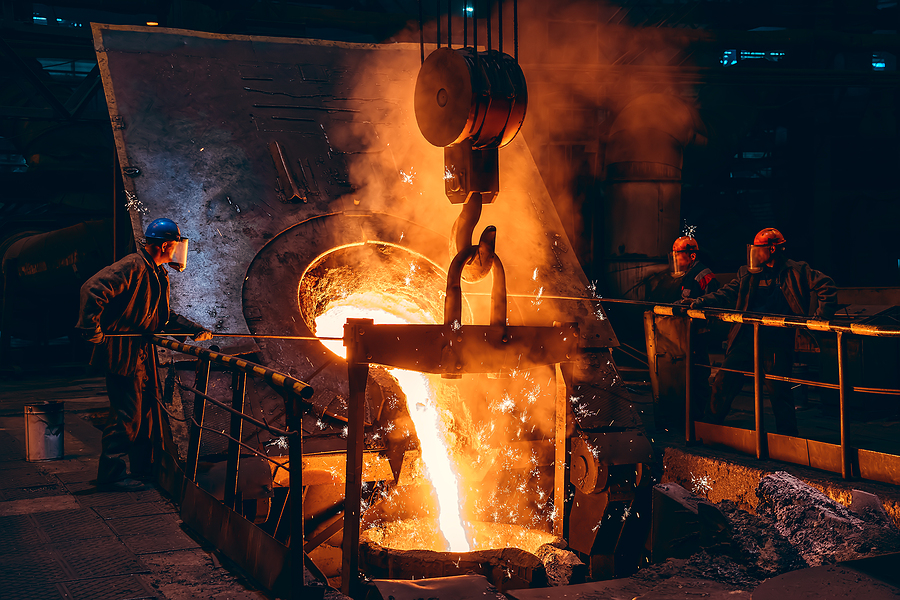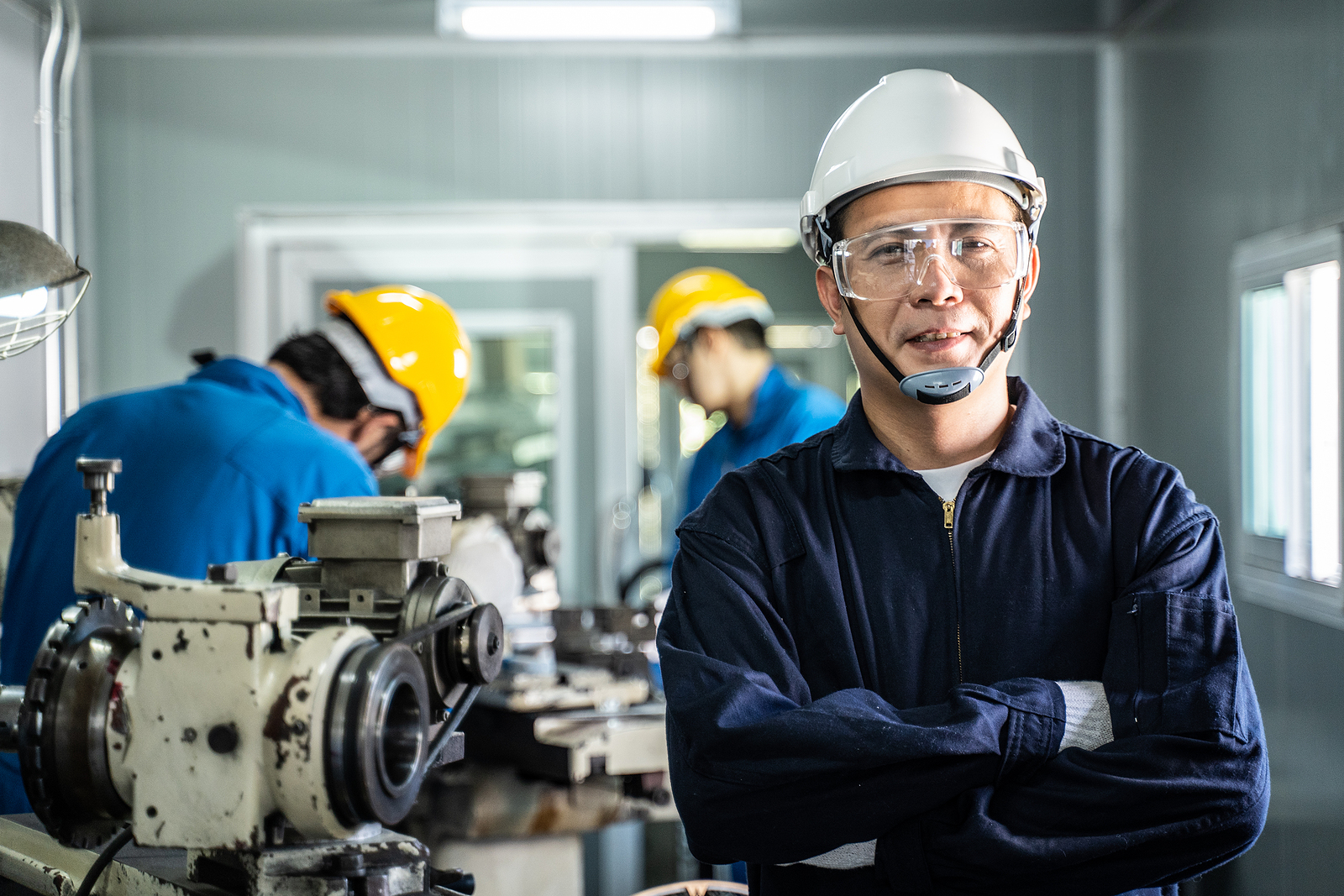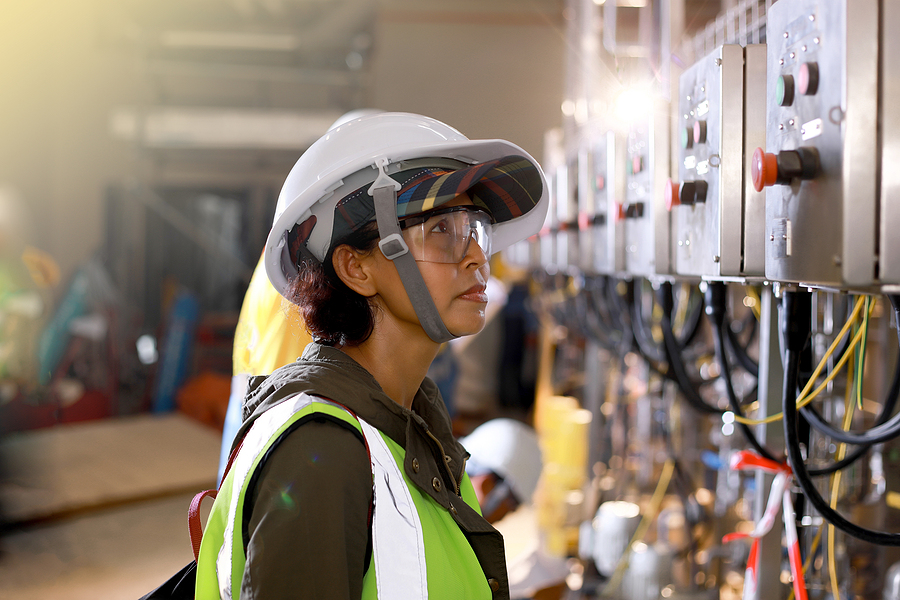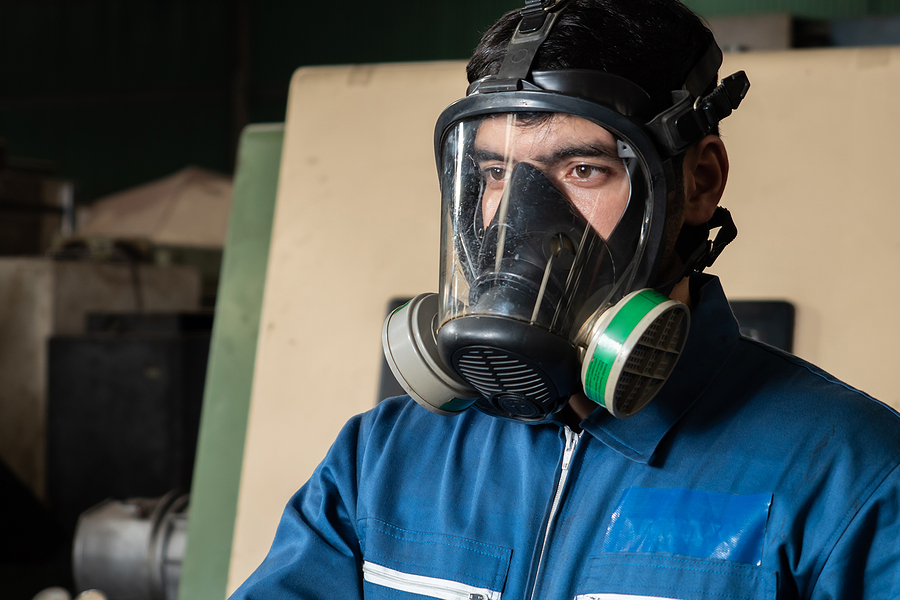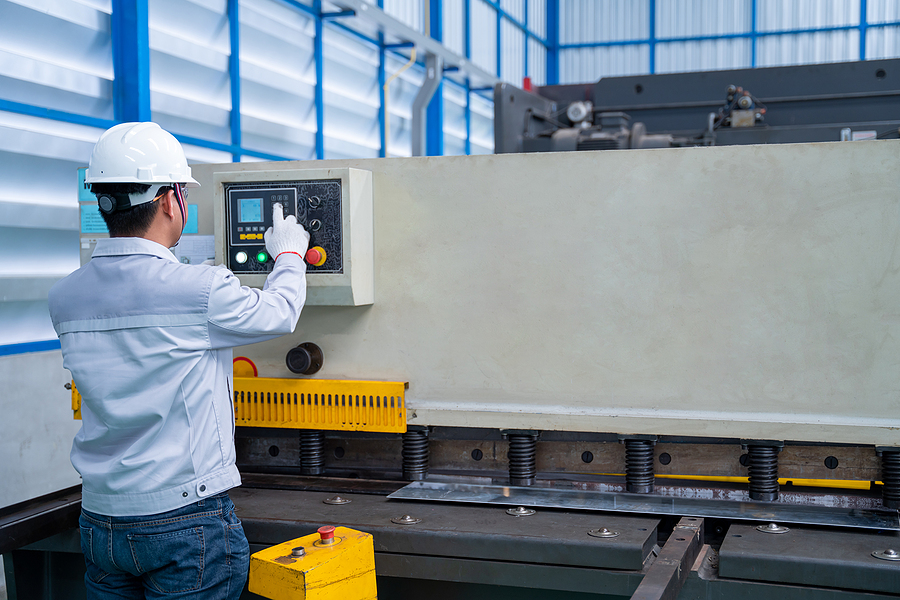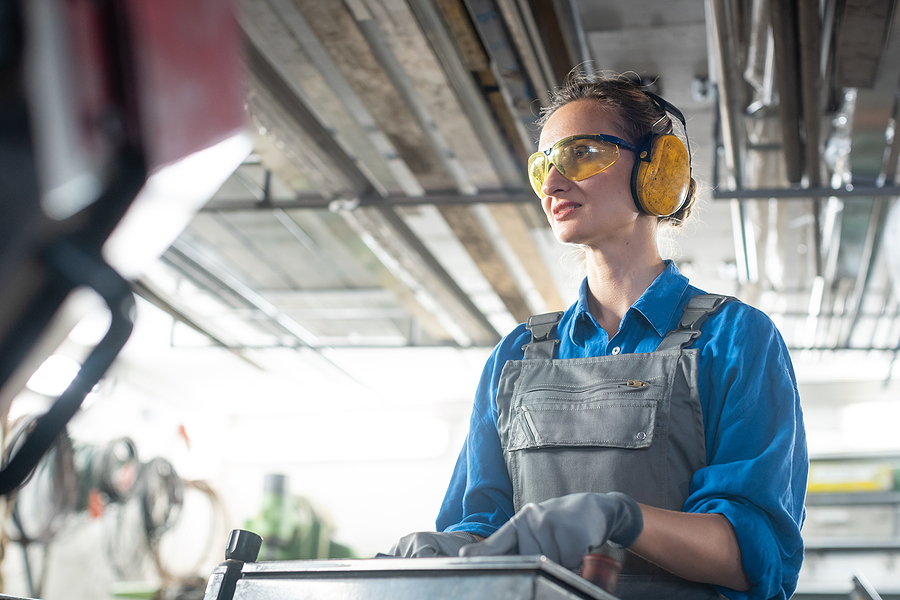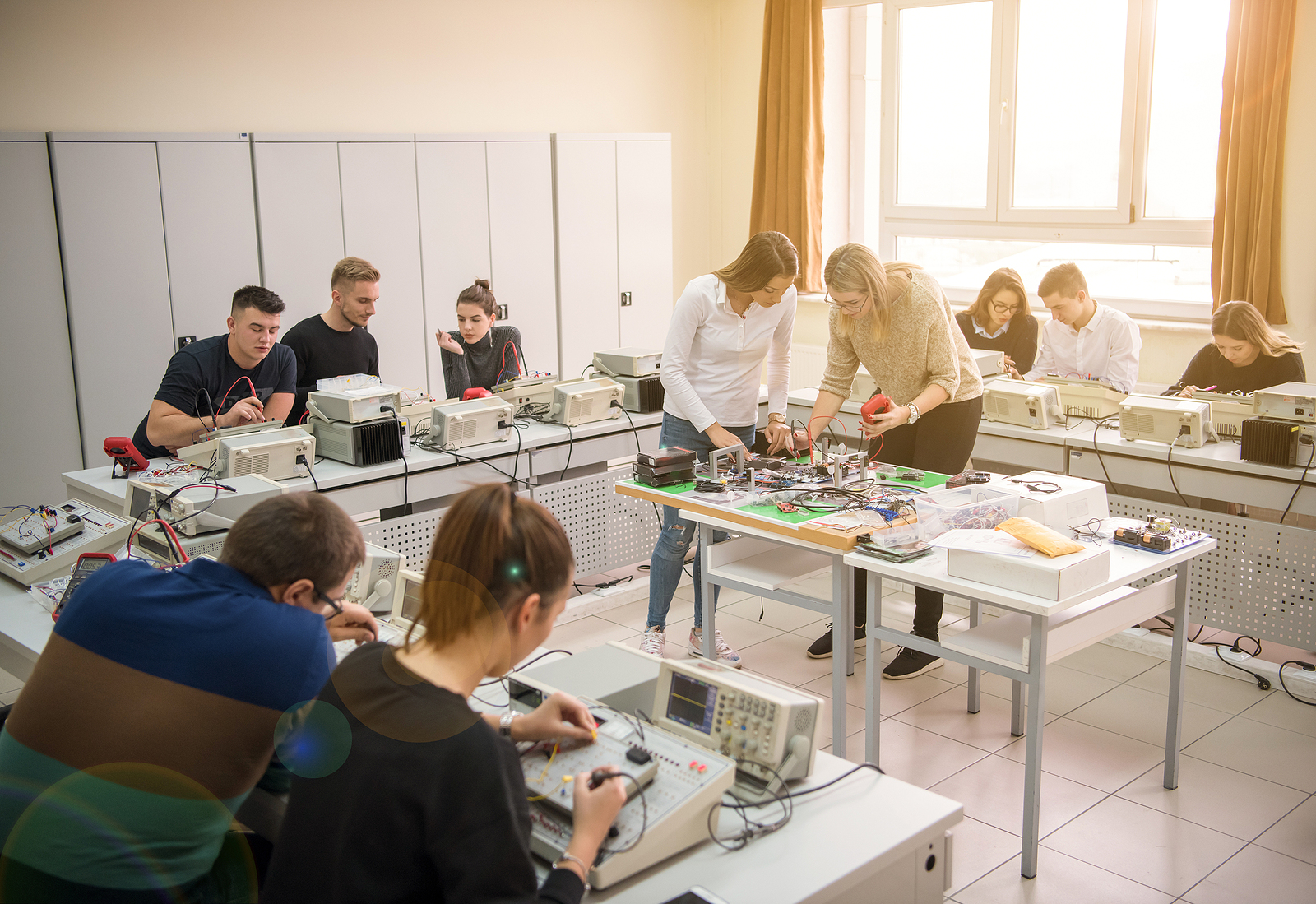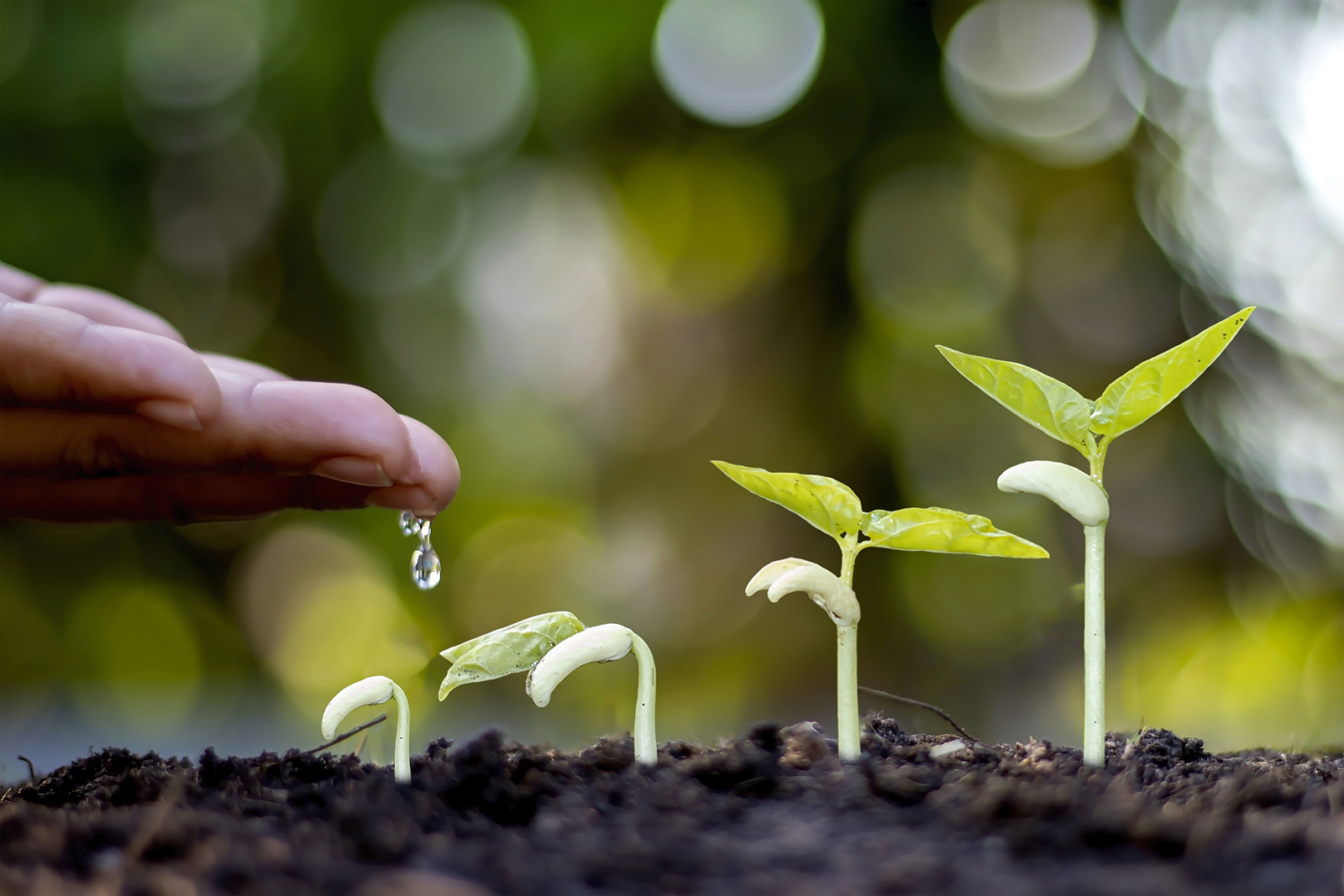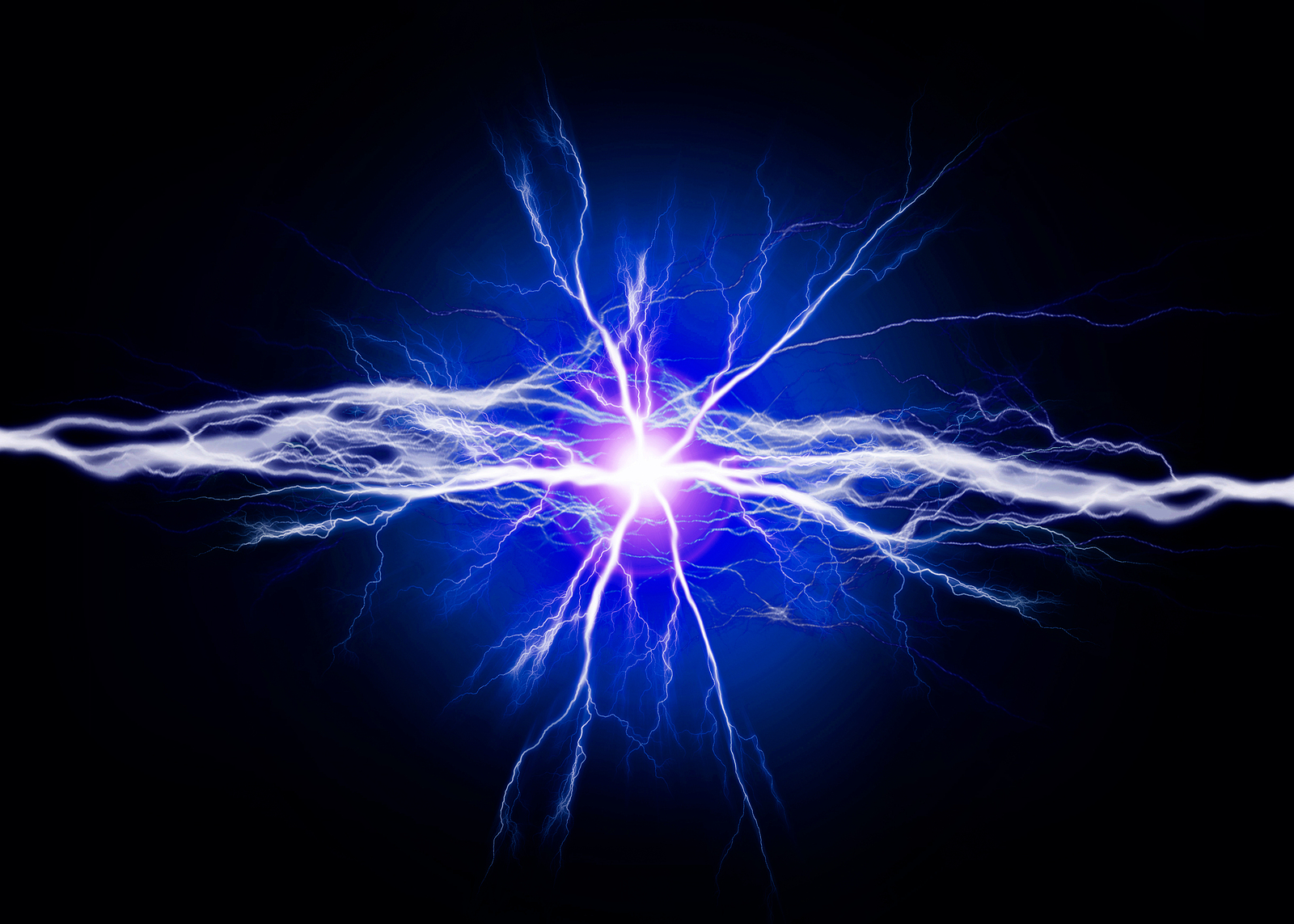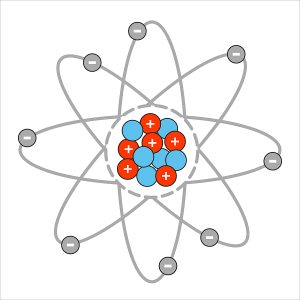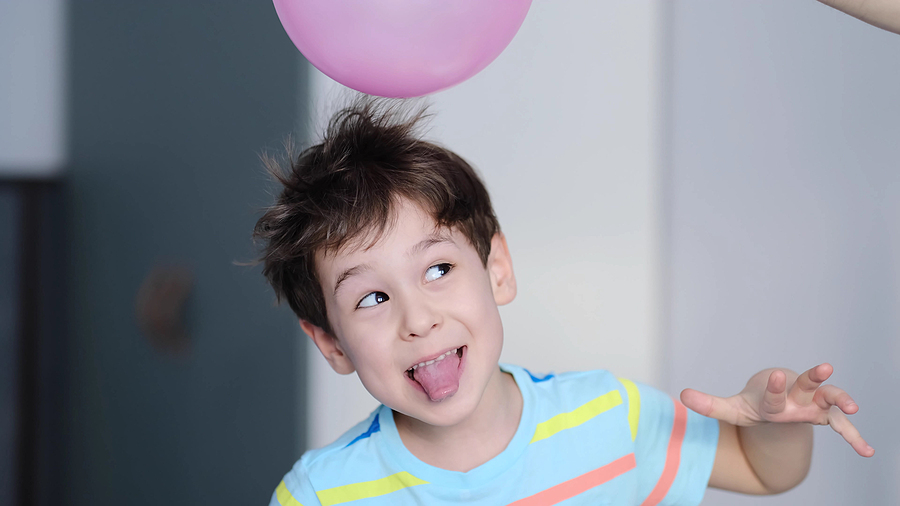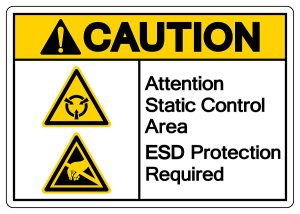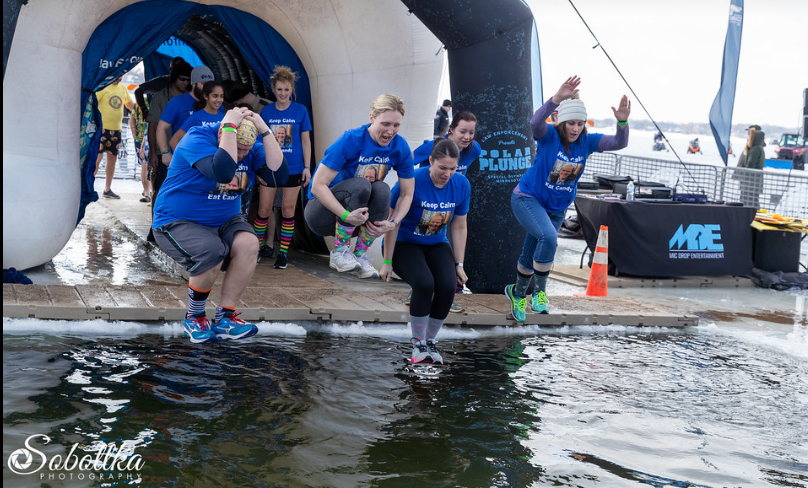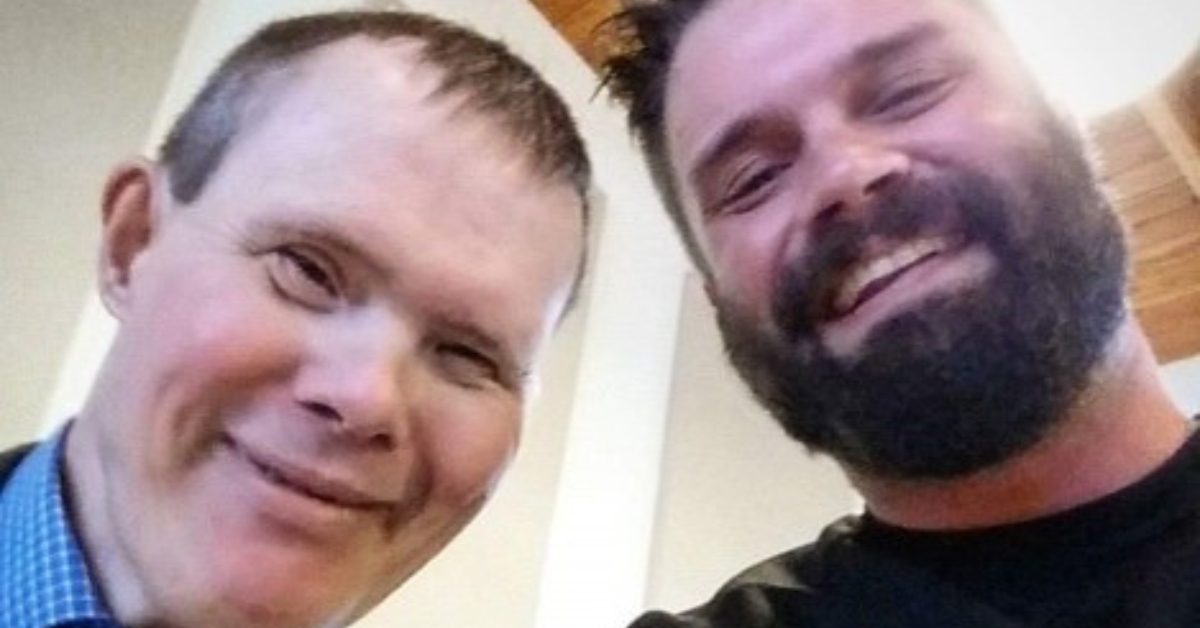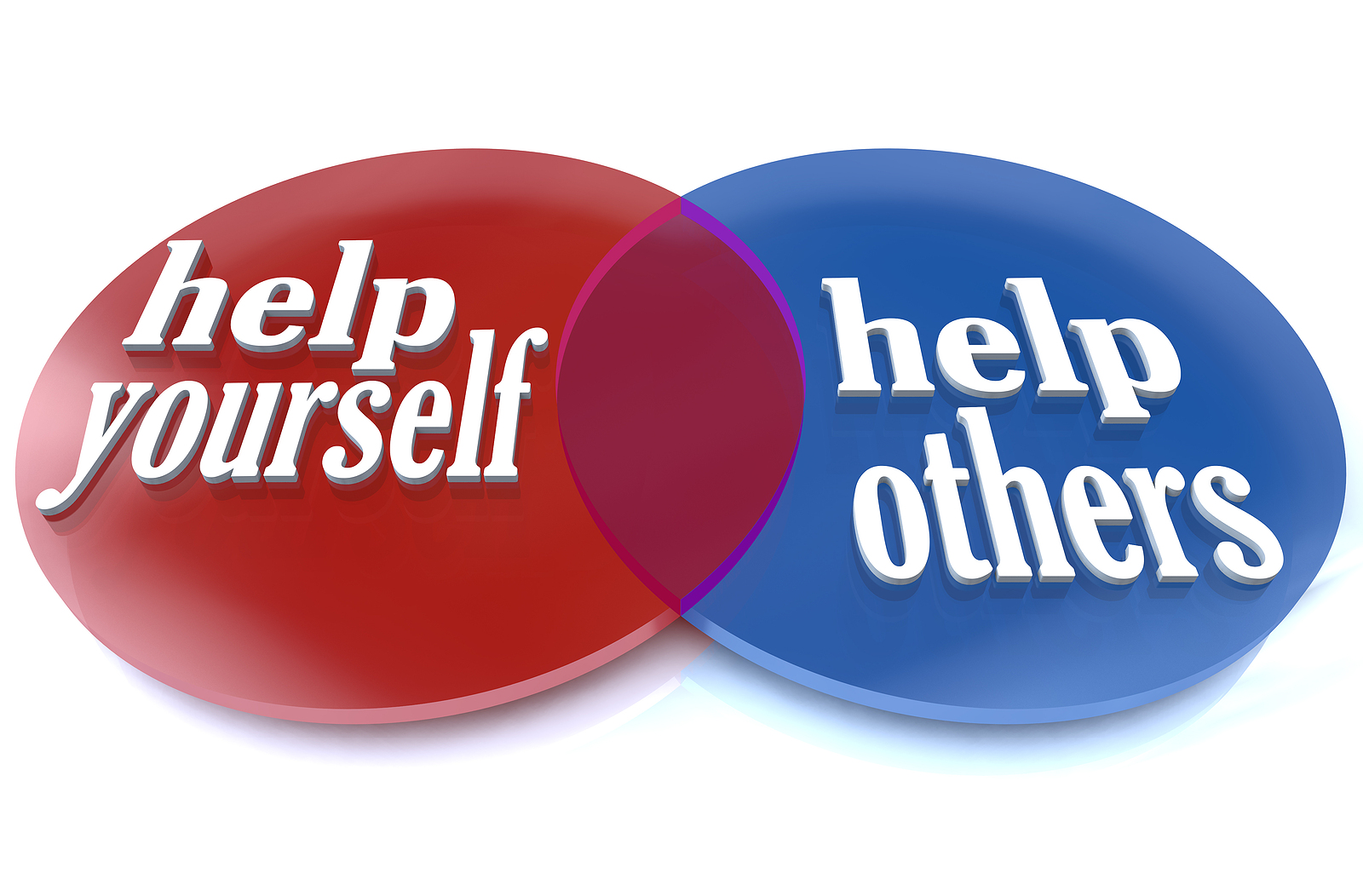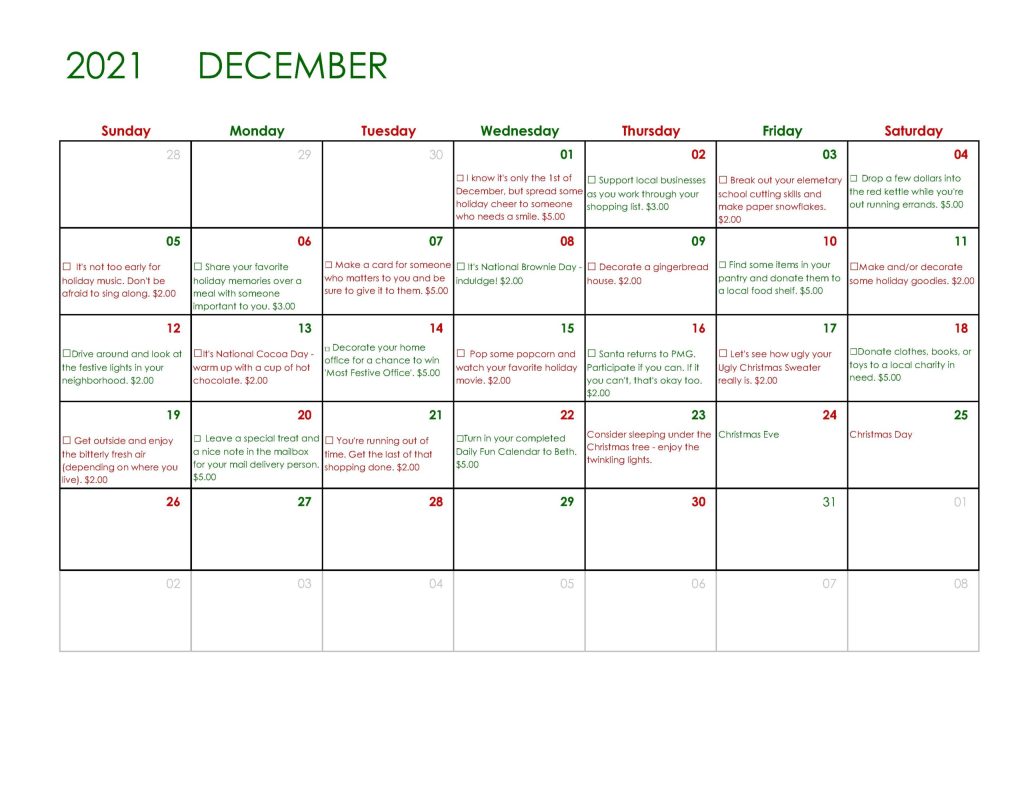The process of melting metal, pouring it into a mold, and casting it into a specific shape (metal casting) is centuries old. In fact, scientists and archeologists have found relics all over the world. The oldest relic dates back to anywhere from 300 BC to 645 BC (2300 – 2600 years old), depending upon whom you ask. A large majority of relics are found in Mesopotamia. It’s in this area that clay castings and hot fire pits were used to shape copper, gold, and silver. The first alloy (bronze) was made here, when copper was combined with tin.
Over the years, metal casting has changed due to a wide variety of reasons. The two largest factors include increased mining abilities and less nomadic lifestyles.
Historical Moments for Foundries
19th Century: During this time, developments include the open-hearth furnace, sandblasting for casting cleaning, and gear-tilted ladles. This greatly improved the safety of foundry workers.
It was this during time that foundries really helped the US economy become industrialized, as well, with metal casters and foundries at the forefront for railroad tracks and iron-clad warships, as well as the first Naval submarine in 1881!

20th Century: This century brought the invention of the first coreless electric induction furnace in addition to new molding and casting processes, new metal composites and compounds including low carbon stainless steel.
Additionally, metal casting was key to US manufacturing. It was introduced to a wide variety of industries including air conditioning, modern defense-related products, and even space exploration. Foundries sprang up everywhere in North America during the 20th century.
Fun fact: the first American Foundry Society (AFS) meeting was held in 1896, but the first student chapter didn’t come until 1907, and was started in Minnesota. This was the same year that a patent was issued for high-pressure die casting machinery.
Foundries Now
Today, metal castings are a $33 billion dollar industry in the United States. There are nearly 1,900 foundries in the US with close to 200,000 employees. It’s the source of many things we use on a daily basis. Some say castings are found in 90% of durable manufactured goods, and yet they often take the background for popularity. However, castings hold a major role in so many things including clean water technologies, farm equipment, energy systems and components, and so much more. Foundries aren’t like they used to be, either. If you step into a foundry now, you’ll see many new adaptations and technology to make them not only safer but also efficient. These technologies include CAD design, casting analyses, 3D printing, and robots. It’s very expansive and very important.
If you’re interested in hearing more, you can check out our article on how steel is made in addition to this great factory tour of the St. Paul Factory here in Minnesota. You’ll not only see molten metal, but you’ll see some of the up-to-date technology used to make castings. After that, take a moment to look around you. You’ll find castings everywhere!

